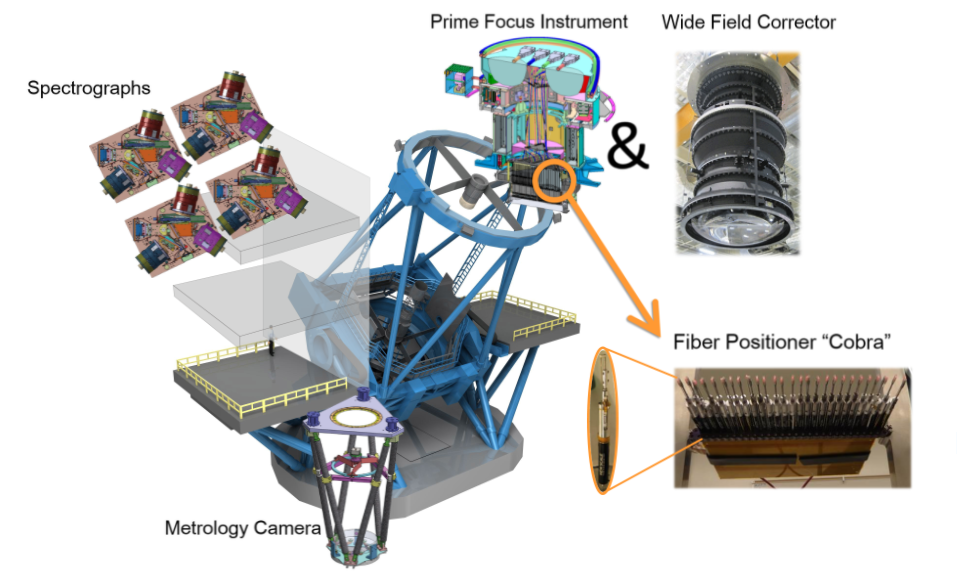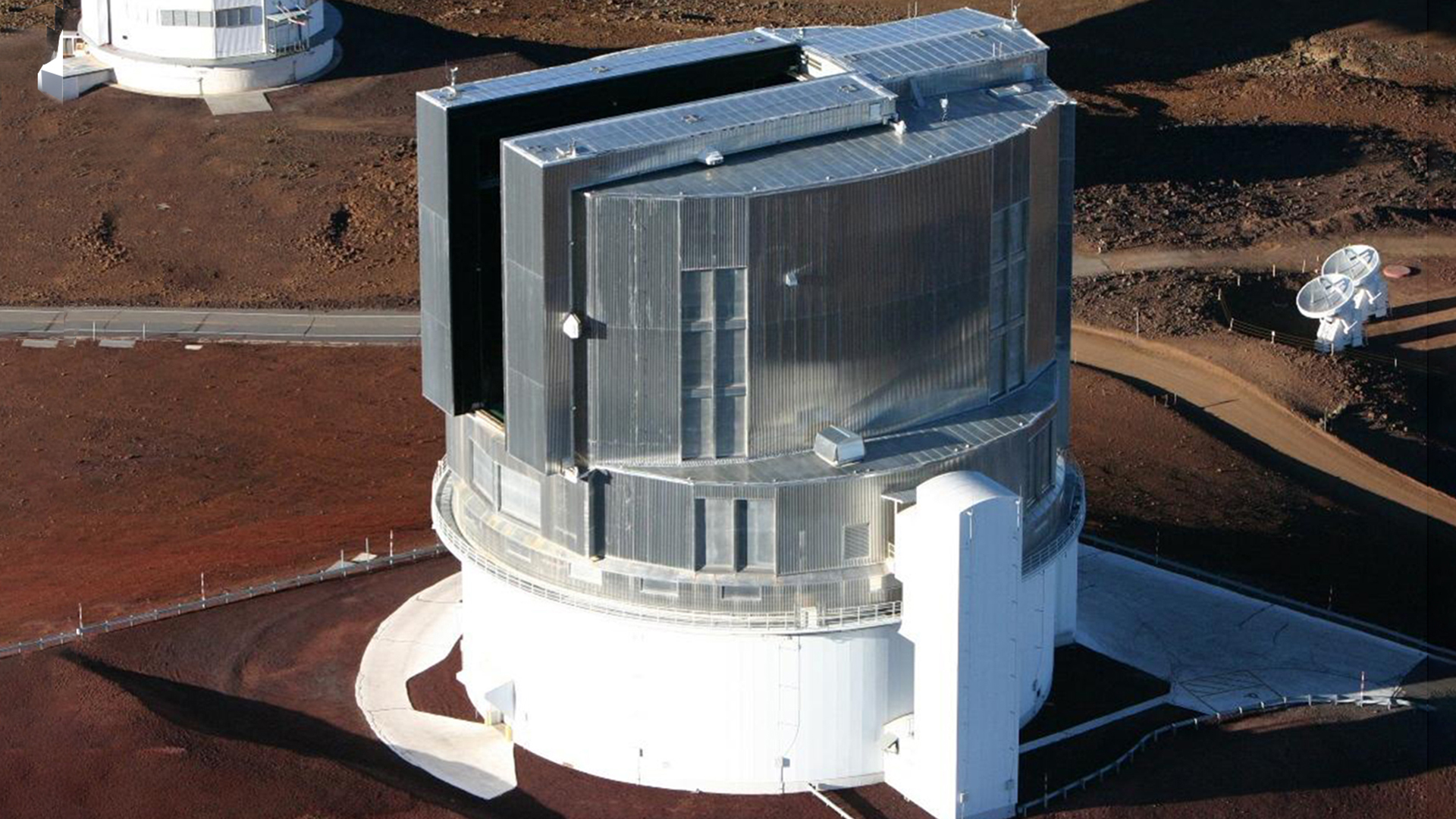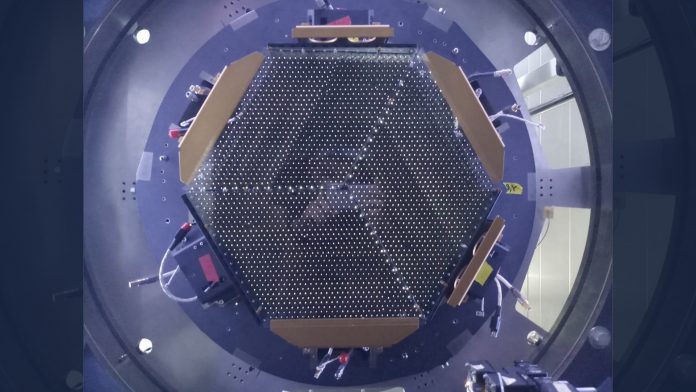Professor Hitoshi Murayama of the Kavli Institute for the Physics and Mathematics of the Universe (Kavli IPMU) discusses bringing people together in the quest for greater understanding of the Universe.
I was once invited to speak at the United Nations headquarters in New York about the power of science to unite people and nations.1 I started my speech with stories about my father who fled Russian invasion when the Japanese occupation of Korea ended after the WWII, my childhood experience growing up in then-divided Germany visiting the mine field behind the Berlin Wall, and my professional experience working with Berkeley students from around the world who survived bombing or fled the home countries as refugees.
I also used examples of successful international scientific organisations such as CERN, which is now an observer of the UN General Assembly, and a recent amazing success about launching the SESAME synchrotron radiation laboratory in Jordan based on the treaty signed by Cyprus, Egypt, Iran, Israel, Jordan, Pakistan, Palestine, and Turkey for research in materials science, medicine, biology, and even archaeology.
I finally discussed an international research centre I founded in Japan which hosted scientists from more than 35 countries in less than 10 years of history. I named it the Kavli Institute for the Physics and Mathematics of the Universe (Kavli IPMU). I told the UN delegates that I picked this name to make it clear that anybody is welcome irrespective of their origins, as long as the individual wants to devote time to uncover physics and mathematics of the Universe, and it is about time that we will start receiving job applications from other planets.
Here I would like to describe another example of my endeavour to build an international team to pursue basic questions anybody in the Universe must have wondered: How did we come to be? What is the fate of the Universe? How was our home – the Solar System and the Milky Way galaxy – formed from gas and dust? The project is called the Prime Focus Spectrograph for the Subaru telescope.2 Now more than a hundred scientists from Japan, US, Brazil, Taiwan, China, France, and Germany are working together. The cost of the project is about $90M, and they all chip in their share of costs, expertise, and people. It is a very collegial collaboration with a clear common goal. Kavli IPMU is the lead institution for and manages the project.

The idea is very simple. Giant telescopes are like time machines. They allow us to look back into the past. If you look far away, light takes some time to reach us, and what you observe is the state of the Universe the way it was millions of years ago. For example, if aliens in the Andromeda galaxy observes us, we still look like apes. For those in Abell 1689 cluster of galaxies, we are still single-celled organisms. But far-away objects are faint. To collect enough light, you need to cast your net wide, such as a giant mirror of the telescope. This way we observe deep.
At the same time, the history of the Universe is pretty much bottom up, according to the theory of structure formation for which James Peebles was awarded 2019 Nobel Prize in Physics. What it means is that we need to understand the behaviour of the masses. Studying individual objects will not tell us the whole story. We need a cosmic census. For this, we need to observe millions of objects. We need to observe wide.
The Subaru telescope is uniquely suited for deep and wide observations. It was built in 1998 by the National Astronomical Observatory of Japan for the cost of approx. €300M. It boasts a single mirror to enable crisp images with the diameter of 8.2m, the largest in the world. That allows for deep observations. At the same time, it has the field of view that is about thousand times larger than the famous Hubble Space Telescope (HST). An observational campaign that will take a few thousand years on the HST can be completed in a few years. This is a big boon for graduate students, as it allows for wide observations. This is possible because the structure of the telescope is unusually robust among the largest telescopes in the world to accommodate multi-ton instruments at the prime focus 16m above the mirror.

The seed for all structures in the Universe were planted by our father called inflation. It was nurtured by our mother, dark matter, and has grown-up to be stars and galaxies. But we do not know either of our parents. Their children, namely early galaxies, were small and irregular-shaped, but they went through mergers and acquisitions to become big, mature, and round. Large galaxies have more or less stopped forming new stars as recently as several billion years ago; collisions of galaxies rejuvenate them to give births to new stars. We will collide with Andromeda in about five billion years and should look forward to a much more beautiful night sky.
The instrument we needed for our purpose is quite complex and required many technological innovations. For instance, in order to observe millions of objects within a few years, we need to take spectra of light from thousands of objects at the same time. This is accomplished by bundling 2394 optical fibres each pointing to a far-away galaxy of interest. Each optical fibre is controlled by a small robot called fibre positioner (named Cobra) within the thickness of hair in less than a minute.
Cobras were developed originally by NASA Jet Propulsion Laboratory together with New Scale Technologies in the US and integrated by Caltech. To avoid losing precious photons that travelled across the Universe for billions of years, every optical element had to be carefully designed and fabricated. The wide-field corrector lens system to collect as many photons as possible was developed by Canon in Japan, including large aspherical lenses manufactured for the first time.
The optical system of spectrographs was developed by Laboratoire d’Astrophysique de Marseille together with Winlight System in France. Each of 2394 optical fibre consists of three cables carefully connected to avoid light loss and a microlens for focal ratio conversion, carefully and manually polished and glued by the team in Brazil. The fibre positioners are integrated into Prime Focus Instrument that rotates to precisely track the positions of each object as they move across the sky, with a special mechanism to avoid creating tensions on fibres, built by the team in Taiwan. The photons are ultimately detected by twelve cameras built by the team at Princeton and Johns Hopkins Universities, four each for red, blue, and near infrared wavelengths. They all must be cooled to cryogenic temperatures to avoid photons from thermal background. The software to control each system also had to be developed, together with dedicated software to convert photon hits on the cameras to physical spectra from each galaxy. Effects of disturbance from the atmosphere need to be carefully removed at a half percent accuracy.
International collaboration comes with its own challenges. Each country has different funding sources, systems, regulations and laws, and currencies. To add to this, fiscal years start in different months. Some technologies are sensitive and subject to special approvals from the governments. For our collaboration distributed around the globe, each part must be shipped from one institution to another for further developments and integrations. Scientific instruments are exempt from custom, but that arrangement requires a lot of paperwork. Perhaps the most difficult challenge is differences in culture, that makes communications, discussions, and negotiations tricky at times.
Despite all the challenges, working with scientists from different backgrounds is truly fascinating and rewarding. After all, the discoveries we hope to make push the boundary of human knowledge, which we will be happy to share with anybody from any planets!
References
This work was supported by JSPS KAKENHI Grant Number 20H05850.








